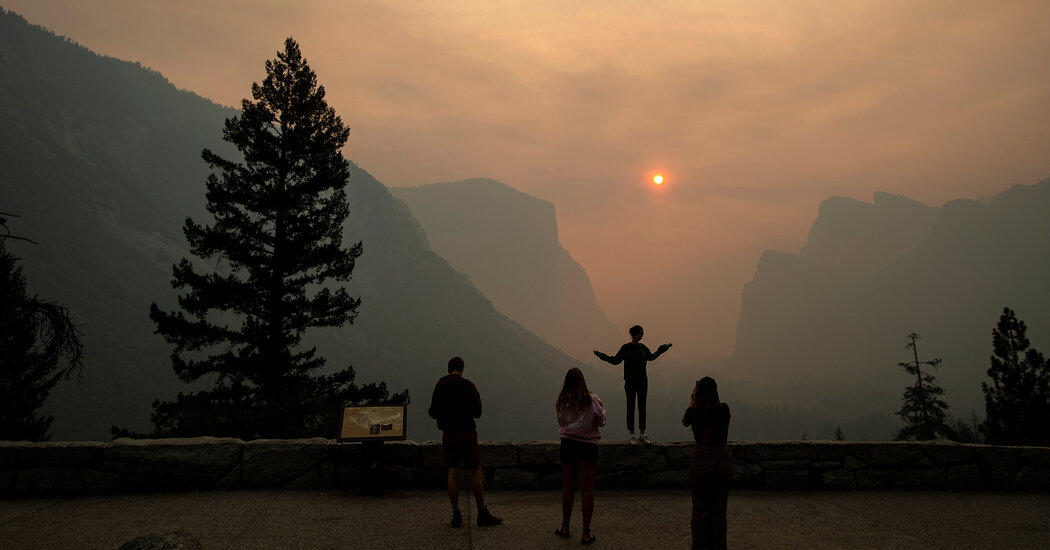
Allison Keeney, a spokeswoman for Travel Oregon, the state’s tourism commission, said that “wildfires in one location often have no impact outside a limited area and rarely cause major travel disruptions. This is the case with the fires happening right now, which are located in remote wildland areas.” She added that the state has implemented tools visitors can use to track air quality before or during their stay.
In Washington, the scenic Walla Walla Valley “has seen very minimal, if any, tourism impact from smoke related to fires,” said Justin Yax, a spokesman for the area’s tourism board.
“If anything, the Walla Walla Valley has seen an uptick in visitation in recent years when other popular wine regions were dealing with the effects of wildfires and smoke,” he said, referring to California’s Sonoma, Napa and Santa Barbara counties, which in recent years have been hit hard by fire.
But in the Methow Valley, which is also a tourism reliant region, two nearby fires have prompted an evacuation in several towns. The mayor of Winthrop, Wash., called the fires “a season-ending event for tourism” at a community meeting in July.
After Sun Mountain Lodge evacuated its current guests, the resort called those with upcoming reservations to encourage them to rebook for later in the year and blacked out availability online through Aug. 31. The resort is temporarily closed.
In Montana, Maria Caputo, the manager of Lamplighter Cabin & Suites in the state’s capital of Helena, said that she’s had numerous guests call to cancel their reservations this month because of the smoke.
“We’re honest with them,” Ms. Caputo said. “I don’t want people to come here and have unhealthy situations for their breathing or anything.”





